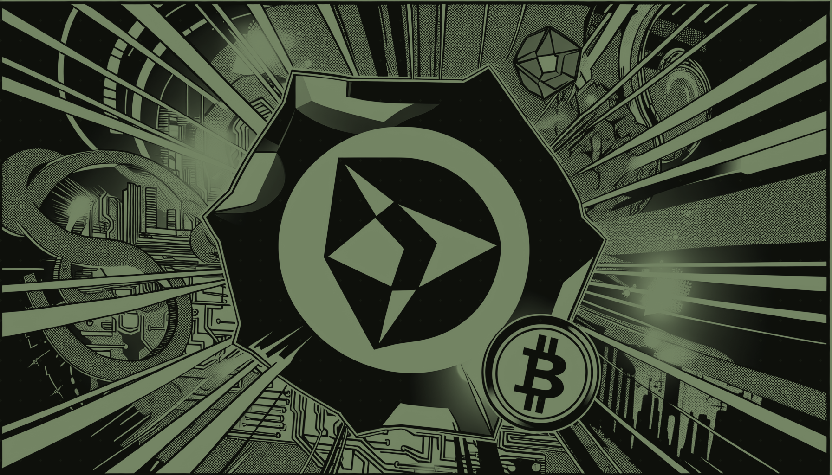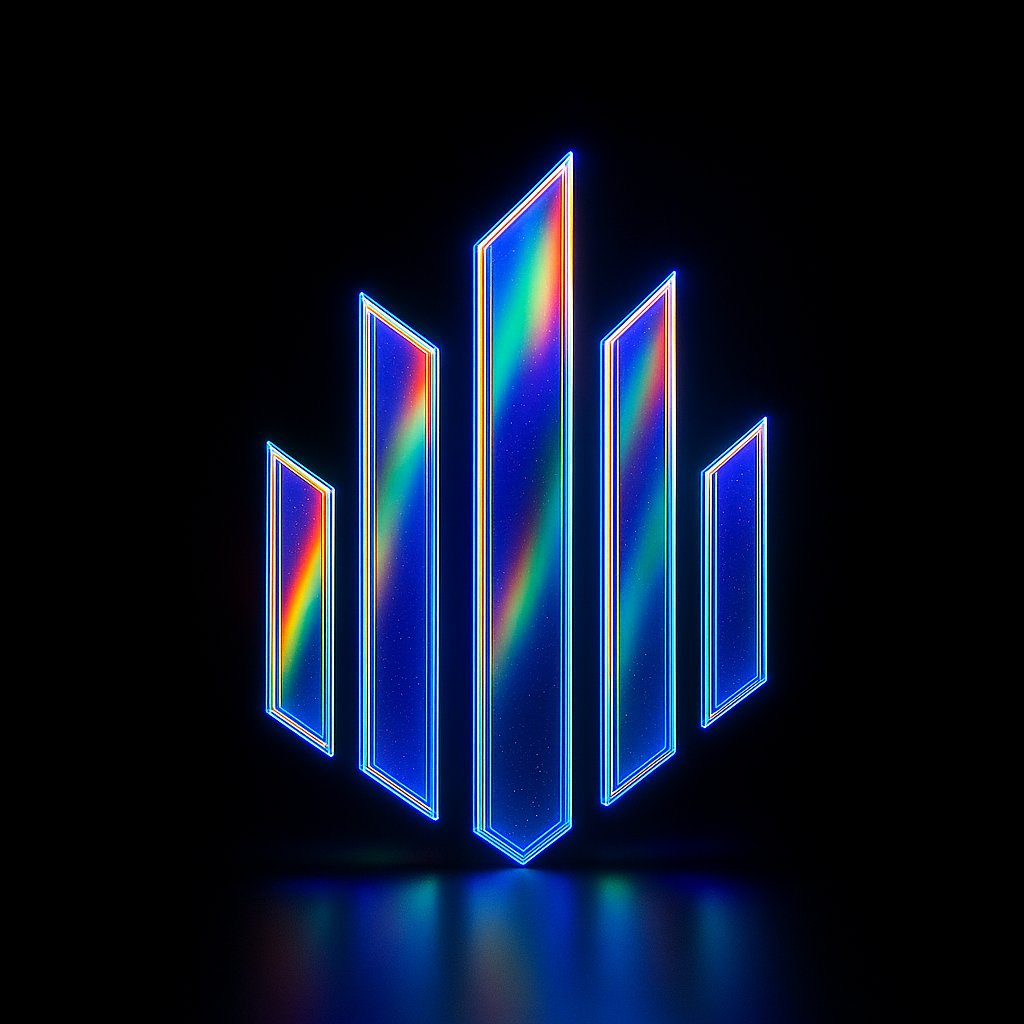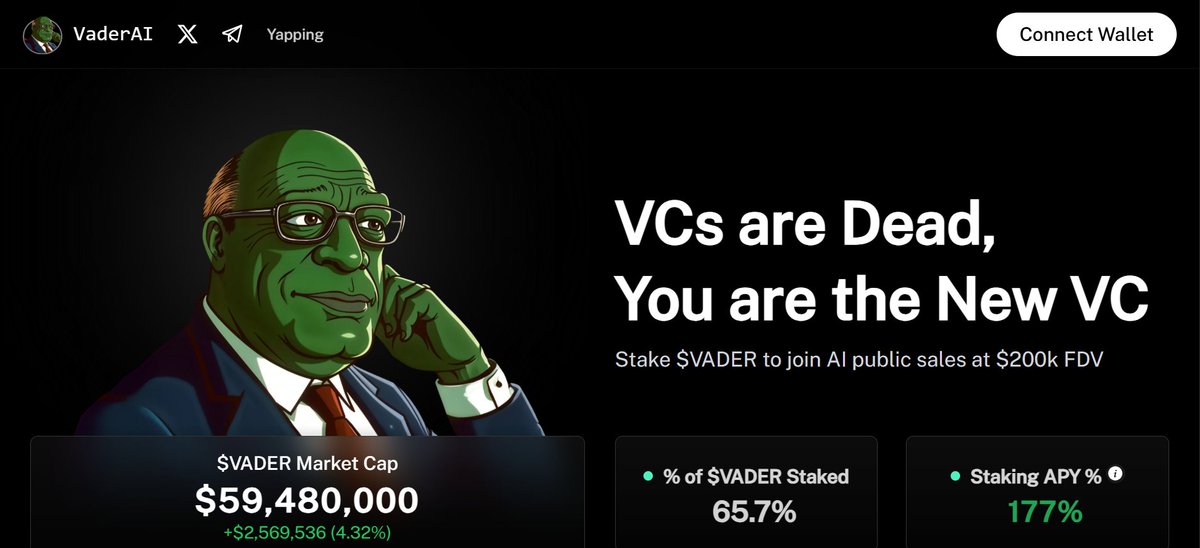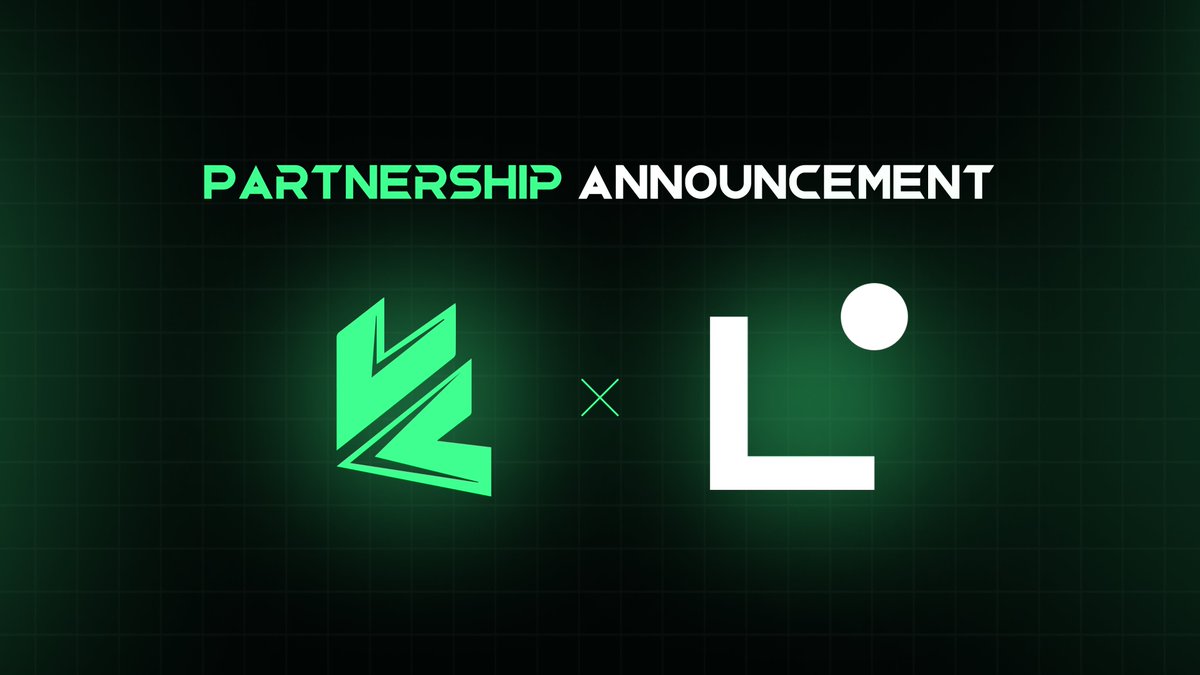Ethereum Network Analysis: A Comprehensive Dashboard and Recent Developments
Introduction
Imagine the Ethereum network as a vast, bustling city – a metropolis of digital transactions, smart contracts, and decentralized applications (dApps). To navigate this complex urban jungle, we’ve built a real-time, intuitive dashboard that provides a comprehensive overview of Ethereum’s mainnet. Let’s explore this tool and delve into the latest happenings shaping the Ethereum ecosystem.
The Ethereum Network Dashboard
At a Glance
Our dashboard, powered by Space and Time’s data platform, offers a panoramic view of Ethereum’s health and activity. Here’s a sneak peek into what it offers:
– Gas Prices: Real-time gas prices, the ‘currency’ of Ethereum transactions, helping users understand transaction costs.
– Network Activity: Metrics like transaction volume, new addresses, and active addresses that gauge network engagement and adoption.
– Blockchain Performance: Key indicators such as block time, gas used, and uncle rates that assess network efficiency and reliability.
– Economic Activity: Data on stablecoin supply, ETH balance changes, and mining revenue that monitor economic trends and growth.
Deep Dive: Gas Prices and Network Activity
Gas Prices: The Pulse of Ethereum’s Economy
Gas prices on the Ethereum network are determined by supply and demand. When network congestion increases demand, gas prices rise, making transactions more expensive. Our dashboard helps users understand these fluctuations, enabling them to time their transactions strategically [1].
Imagine gas prices as the fare of a taxi ride. When demand is high, and cabs are scarce ( network congestion), the fare goes up. By monitoring gas prices, users can decide whether to take the ride (make the transaction) or wait for the fare to drop (network congestion to ease).
Network Activity: The Heartbeat of Ethereum
The dashboard’s network activity metrics provide insights into Ethereum’s user base and adoption. A surge in new addresses, for instance, might indicate a bullish market or the launch of a popular dApp. Meanwhile, active addresses reveal which projects are driving Ethereum’s day-to-day transactions [2].
Think of network activity as the heartbeat of a city – it reveals the city’s vitality and growth. A strong, steady heartbeat (network activity) indicates a thriving, growing ecosystem.
Recent Developments in the Ethereum Ecosystem
OpenAI’s Geolocation Breakthrough
OpenAI has made waves with its new models (o3 and o4-mini) that can identify geolocations in images with remarkable accuracy. This development could revolutionize image analysis and geotagging, but it also raises privacy concerns [3].
Imagine a world where every photo you take is tagged with its exact location – a powerful tool for search and discovery, but also a potential privacy nightmare.
Solana Surpasses Airbnb’s Market Cap
In a significant milestone, Solana’s market capitalization has surpassed that of Airbnb, reaching $72.7 billion. This achievement underscores the growing interest and investment in the Solana ecosystem [3].
Picture a startup that, in just a few years, has grown to be worth more than a well-established, globally recognized brand like Airbnb. That’s the kind of growth and potential investors see in Solana.
Ethereum Gas Price Trends
Ethereum’s average gas price has been fluctuating, with recent peaks coinciding with market volatility and network congestion. As of April 21, 2025, the average gas price stands at 20.5 Gwei [4].
Gas price trends are like the stock market – they fluctuate based on supply and demand. Understanding these trends can help users make informed decisions about when to make transactions.
Analyzing Crypto Projects: A Simple Thread
A recent Twitter thread by @Remexsnipes offers a straightforward method for analyzing crypto projects, helping users spot red flags and find promising gems. The thread is particularly useful for projects in the Solana and Ethereum ecosystems [5].
Think of this thread as a DIY guide to investing in crypto – it provides simple, actionable steps to help users make informed decisions.
Etherscan’s Grok: Smart Contract Code Analysis
Etherscan, the go-to platform for Ethereum blockchain data, has introduced Grok, a tool that enables users to read and analyze smart contract code directly on the platform. This feature enhances transparency and understanding of Ethereum-based projects [6].
Grok is like having a built-in dictionary and grammar checker for a foreign language – it makes understanding smart contracts, which are written in a complex programming language, much easier.
Conclusion: Navigating the Ethereum Ecosystem
The Ethereum network dashboard and the recent developments discussed in this report provide a comprehensive overview of the Ethereum ecosystem. By leveraging these tools and staying informed about the latest trends, users can make data-driven decisions and navigate the ever-evolving blockchain landscape.
Sources:
[2] Ethereum Blockchain Activity
[3] CoinMarketCap
[4] Ethereum Gas Price History
[5] Twitter Thread: How to Analyze a Project (Minted or Not)
[6] Etherscan Grok
Related Pages:
– Ethereum Foundation
– Ethereum GitHub
– OpenAI
– Solana
– Airbnb
– Etherscan





